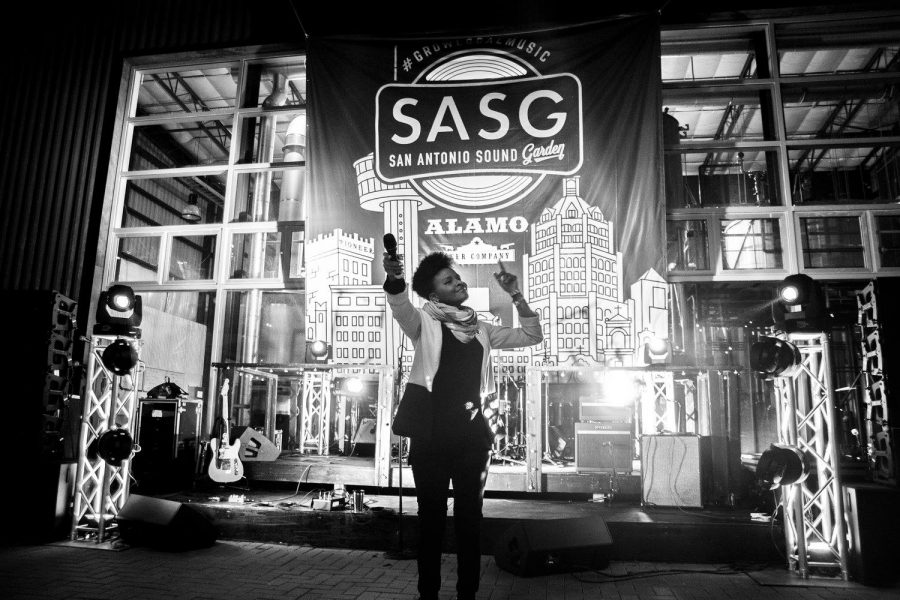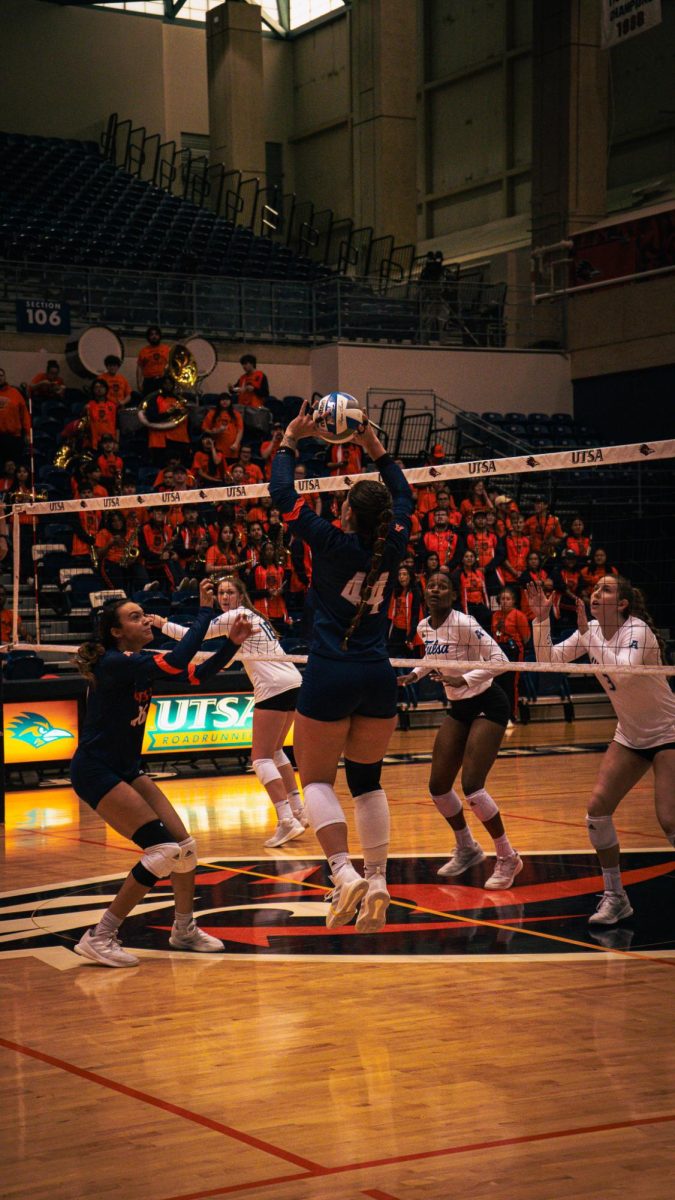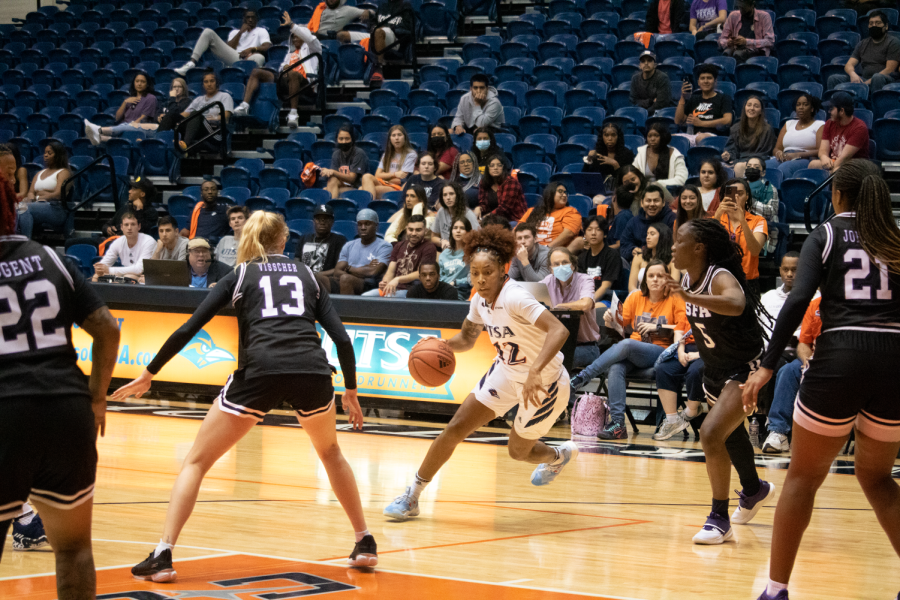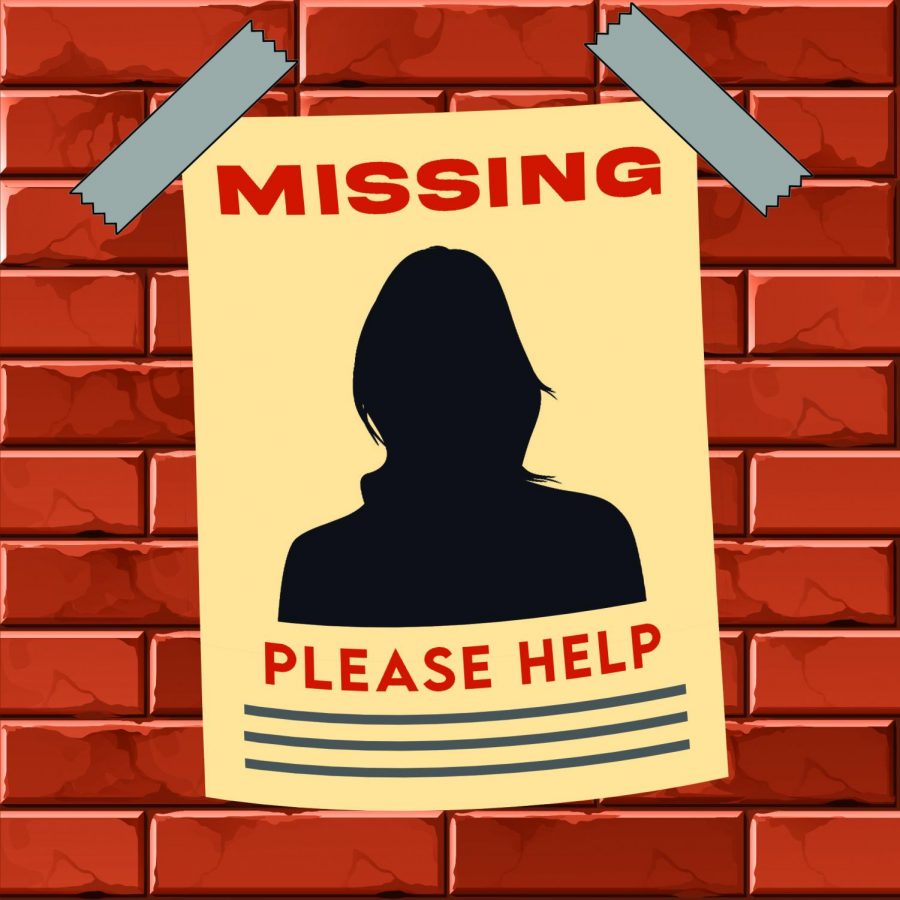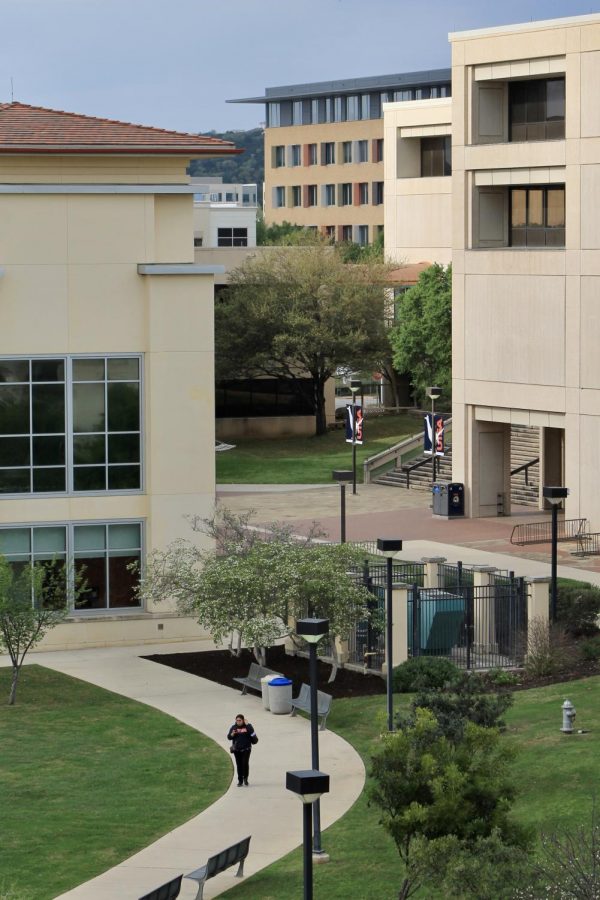San Antonio music scene: where are we and where are we heading?
As the asphalt and steel are spreading through the mission city, so too is the culture of music in San Antonio shifting and warping. Onward.
We have sparked national attention from outsider industries and are experiencing the growing pains of a historically low income city with big ambitions backed by momentum. Even still, the arts & entertainment sector of San Antonio only experienced .04 percent growth in 2016 despite San Antonio seeing the country’s fourth largest city GDP growth overall according to the Bureau of Economic Analysis. Austin’s art & entertainment industry grew .15 percent the same year. A mantra amongst so many San Antonio musicians, promoters, concert-goers and taco-eaters remains constant: “We are not Austin.”
We are similar, however. The San Antonio Sound Garden (SASG) Industry Study findings show that four out of five artists in San Antonio work day jobs in addition to using music as a means to support themselves. Austin’s 2015 Music Consensus revealed similar findings. 77 percent of Austin musicians are either working full or part time in a non-music related industry, some work part time in a music related industry, few are student musicians and some are unemployed entirely. Of those earning income solely from music industry-related businesses, 68 percent made less than $10,000. It is clear to see that the grass isn’t greener on the other side 60 miles to the north–even in the “live music capital of the world.”
“It’s a starting point. We never had even gotten that far, so it’s really a positive step forward and now we have a place to start and say here’s where we need to get better,” Libby Day said on the SASG Industry Guide. Day, who is Marketing Manager for the Aztec Theatre also works Director of Operations at SATX Music, an independent media and event-management company that books shows and promotes local artists.
“You’ll never see city council create policy initiatives without baseline data. So when people are like, hey why did we spend $25,000 on a music study telling us shit we already know? It’s because there’s a giant bureaucratic monster that needs 40 page study saying here we are.”

So what does the “bureaucratic monster” aim to do with the study? San Antonio waits in suspense as the City of San Antonio Council plans on what to do with our recent Texas Music Official official pat-on-the-back “music friendly community” certification. The council plans to meet March 30 to discuss how to strategize on what being music friendly means, using the industry study as a means to navigate the ongoing San Antonio music narrative with one of the ultimate goal’s being a music office in San Antonio with a registry for musicians and music-related businesses. This registry database would “create more cross-sector partnership opportunities that will impact music industry initiatives and attract music industry professionals,” according to the industry study. This could also make San Antonio music easier to find for the San Antonians fresh to the scene. There is no data to show how people are finding out about new music and how we could increase that distribution of culture.
This potential dissemination of knowledge would come in handy, as so often San Antonio struggles to have an identity that is recognizable and attractive. The music industry requires greater communication on a national level.
How do we tell people from outside our city limits that we are indeed a cultural gem that is overlooked? The past decade has been rampant with music festivals from the highly successful Mala Luna and Maverick Creek Festival which was normally held this month every year. This year however there was no Maverick but instead Botanica. David Heard, co-founder of Tech Bloc and founder of the Botanica Music Festival, and Sam Gonzales, Vice President of Student Engagement at UTSA are among leadership for the recent festival. In an honest attempt to facilitate a positive message of growth for the city and in hopes of attracting young upwardly mobile adults considering where to stay or relocate for work to boost the economy, Botanica was born and hosted during the same time frame Maverick was held.
Botanica’s association to the tech industry makes musicians in San Antonio wary as so often tech is for better or worse associated with gentrification.
Bringing in high-income folk to a city that is historically low-income means raising rents that artists are already struggling to pay. The fest serves the interest of UTSA as well, as an undisclosed percentage of the festival proceeds were donated to UTSA for scholarships. However, while this growth is great for cyber security and tech jobs in the city, the mission of the fest is not to holistically grow the music scene of San Antonio.
“I’d rather have high rent than no job,” said Gonzalez in a phone interview with Heard.
“Although gentrification may one day show up as a topic that we have to think more about. We have to develop a community set of solutions, and I would argue that we’re still a long way from having that kind of issue show up here.”
The ongoing conflict centered around the Hays St. Bridge demonstrates gentrification is present in our city. This conflict had its most recent development as city manager Sheryl Scully’s decision to offer a compromise on development was protested at the bridge last night.
Along with the lack of a 20,000+ attendance festival with the music community in mind, San Antonio musicians also report a lack of audience attendance to smaller local events. In 2016 Sobresound, a San Antonio’s Music Media Publication, published an opinion piece voicing this opinion citing “general music listener’s reluctance to invest time listening to local music and attending strictly local music events.”
Fast forward two years, and even some of the city’s most visible artists feel this sentiment. Our city is growing, but the attendance at all local shows remains the same consistent audiences. The community at large recognizing the power and caliber of the music scene would be a step in this direction. Part of this dialogue will be discussed at Music Biz Day 2018. This event is the largest free music symposium in the U.S. Dr. Stan Renard, who is founder of the event, has added to the conversation of San Antonio Music himself. Through research compiled through the use of GIS, Renard has created a map that captures, stores, analyzes, manages and presents music-centric geographic data. How the data will be interpreted or will be used by city council to enact a “music friendly community” is still undetermined.
In all of this growth and bureaucracy, we must remember that people make up the scene and without them, particularly the youth, there is no future.
“There’s a very strong DIY scene in San Antonio, so the idea of city government getting more involved in music scares me,” Ryan Smith, San Antonio native and owner of Yippee Ki Yay Records said.
“Especially for those teenage kids throwing all those house parties really.”
Sadly, the last decade has seen the loss of many DIY youth centered spaces. R.I.P. to Trends Die Haus, Menchaca House, Land in Between DIY, Cabeza de Piedra, Awful House, Cafe Revolucion, the Baltimore House, the Foster House, 7014 House, Ritual Art Gallery, Sound Crater Recording, Castle Numbskull, VHS and Princeton House.
These spaces served as hubs for young creative minds and paved the way for the current house circuit to which young artists and audiences have flocked in recent years. These true underground events will serve as the future hubs of creation.
Focusing on youth, education, access and health is where we can start as a community to help the next group of people that is going to take over what San Antonio’s music identity becomes. In a 2010 Pew research study, findings revealed the San Antonio metropolitan area has the largest residential income segregation index in the U.S.
Due to this disproportionate income inequality and the city’s overall low income history, kids in poorer neighborhoods are disproportionately kept from learning an instrument, working with music technology or starting a career in the music business.
“There’s so many kids that don’t have access to that stuff. There needs to be more. There used to be free guitar classes at the community centers, but there needs to be more technology based classes for audio and visual arts. iPhone is getting more expensive. Laptops are getting more expensive and these things are letting youth express themselves more and more creatively…That’s who we need to focus on,” Chris Stephens, San Antonio native and Producer at Sony Entertainment said.
“…and the thing is, is that there are so many scenes here. So many kids that are still doing it. The 16-25 year-olds are the ones bringing new ideas to the table, but San Antonio has always had a hard time accepting new genres or music ideas in general. There’s always been a group of people every few years who designate themselves scene ambassadors, and that keeps youth from participating and pushing the envelope for the scene.”
As segmented as these scenes are whether DIY or differing in genre there is also a problem growing involving abusers and apologists for abusers. Polly Anna Rocha, a working queer trans artist and writer for the San Antonio Express News, has experienced alienation within our growing community–and she’s not alone.
“If you call someone out, you are seen as more of a problem rather than the rapists, pedophiles and women-beaters. That’s larger effects of misogyny at play,” she explained, “Last year, I was taken advantage of by a well-known member of the bar scene while I was blackout drunk. The events that led up to this happening are still blurry to me, but I woke up in his bed with no recollection of what happened the night before, but all the signs pointed to the fact that I was engaged sexually without my verbal, sober consent. It took me time to recognize that this was sexual assault, if not rape, and when I attempted to speak out about the situation, I was met with threats of legal action (from the assaulter) if I were to name him publicly, even though he had already admitted fault to me privately. I have slowly withdrawn myself from public spaces because of this experience.”
“And this is a common scenario that victimized women have to endure. If we stay silent, we run the risk of allowing these men to abuse more people, young women and girls especially, but if we talk, it results in our further victimization. And the law is almost never on our side.
It’s scary trying to navigate the scene knowing that ultimately clout trumps any abuses committed.”
If we can’t protect our queer, our youth, our poc and any other marginalized group this scene will never grow.
It doesn’t matter if you’re covering some famous band at the Tobin, have murals on the St. Mary’s Strip or your band is on the cover of the local publication–you are toxic to our scene and your clout will only go so far.
This culture in our scene could deter youth, young women and queer youth specifically from contributing to the scene.
There will be change. The change will come from the city. We eagerly await to see how “music friendly” we will become.
Will this lead to increased sales tax revenue for the city? Will musicians be able to pay their bills with their art? Will more local bands propel themselves through new resources to tour out of the city, state and country? How will local music businesses grab the attention of the country? How will policy change affect culture? How will regional music such as tejano and conjunto play a part of the mainstream music conversation? How could policy change affect how artist’s receive health coverage?
There are more questions than there are answers, clearly. Be a part of this ongoing conversation. Go to a show. Book a tour. Start a label. Write about shows. Listen to local independent radio. Market music.
As a music community, empower one another and attack injustice without fear nor favor. Network. Discuss.






